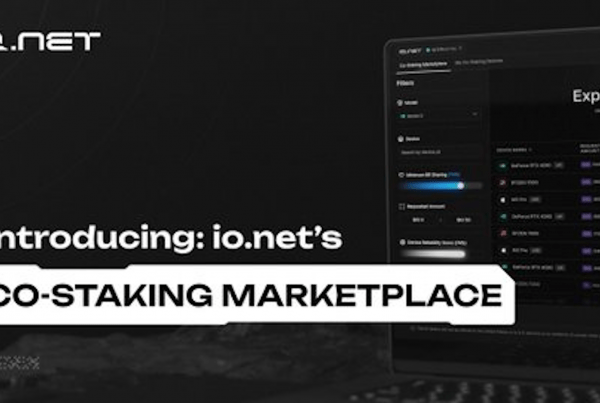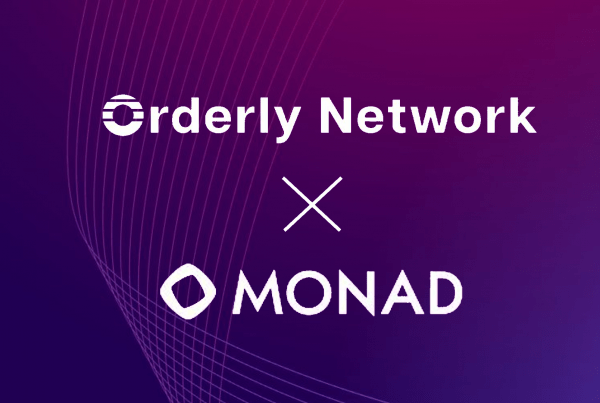
The Bitcoin halving event occurred on April 20, 2024, reducing the reward for mining each block to 3.125 BTC. With that, the cost of mining doubled, surpassing the $53,000 mark. In response, miners globally are adjusting their strategies to navigate these new economic realities.
Michael Jerlis, the leader of EMCD, the biggest mining pool in Eastern Europe and one of the top seven worldwide, believes that miners can still profit post-halving by adopting coherent strategies and collaborating. More details are disclosed below in this interview
Michael, can you describe the current structure of the mining market and its key players?
M.J.: Today’s mining market has evolved significantly. Cryptocurrency mining has shifted from a complex and niche activity to a well-established and lucrative industry. Regarding the market landscape, it features a number of participants, but a few mining pools stand out by controlling between 7% to 15% of the total computational power.
Our pool, EMCD, ranks among the top seven globally. Each leading pool possesses a significant hash rate and offers varying reward percentages. Notably, EMCD provides highly competitive conditions, with payment sizes among the highest in the industry. We consistently rank in the top three for profitability and offer one of the lowest commission rates in the market—at 1.5% across all mined coins, including BTC, BCH, DOGE, DASH, and others.
Michael, what changes have occurred in the mining market following the halving, and what should miners understand about the new environment?
M.J.: The recent halving has cut the mining rewards in half. Previously, miners earned 6.25 BTC for each block mined; now, they receive only 3.125 BTC. Concurrently, the expenses associated with mining, such as electricity, equipment, firmware, and other essential components, have doubled.
However, there’s an increasing interest in mining from major investors. Since the start of the year, the stock prices of mining companies have been rising, with an average monthly increase of 5-8%. This trend suggests that large investment funds and corporations are acquiring stakes in mining pools and data centers, anticipating a significant surge in Bitcoin’s value post-halving and over the coming years. Prominent firms like J.P. Morgan have projected that the price of BTC could reach $100,000 by year’s end. Should this occur, mining could yield millions of dollars in monthly profits.
Will halving benefit institutional and corporate investors?
M.J.: Should Bitcoin increase in value as anticipated, reaching $100,000 per coin, the benefits would extend across the board. Miners would compensate for the reduction in block rewards through the rising price of Bitcoin, long-term retail investors holding onto their coins in expectation of growth would see significant gains, and large investors would profit from the appreciation of the shares in the companies they have stakes in.
How can miners earn income just from holding assets? Isn’t that what would be true for investors?
M.J.: Certainly. While staking and savings accounts were initially designed for investors, other market players, including mining pools, have adopted these strategies. For instance, we’ve introduced Coinhold, allowing our pool members to automatically transfer their mining rewards into a savings account, earning up to 8% annually on their mined coins.
Additionally, our users can deposit non-mining coins such as USDT and USDC stablecoins into these accounts. The interest rates for these deposits can vary; for USDT, rates are up to 14% per annum for a fixed account and up to 10% for a flexible one. Thus, miners benefit twice: once from mining rewards and again from holding their coins.
Furthermore, clients can withdraw their funds whenever it suits them. Withdrawals are processed within 24 hours of the request, during which our security team verifies all details to prevent unauthorized transactions.
Let’s jump a bit on unauthorized activities, how secure is it to keep funds with EMCD given the frequent reports of cryptocurrency thefts and hacks?
M.J.: Security is indeed a major concern across the entire market. However, I want to clarify that EMCD has never been compromised by any hacks throughout our operational history. We ensure the safe storage of user funds and continually enhance our system’s security.
Great to hear that. Considering the potential for Bitcoin’s value to rise, your plans sound promising. But what should miners do if the price of Bitcoin fails to increase or, worse, drops significantly?
M.J.: That’s a valid concern. Should Bitcoin’s value fall, miners would need to adjust their strategies accordingly. One approach could be to mine alternative cryptocurrencies, such as Dash or Kaspa, alongside Bitcoin. Additionally, I strongly suggest leveraging savings accounts as another means to accrue profits. These accounts can help miners increase their earnings in Bitcoin or other currencies while they continue mining for new blocks.
How should one go about selecting a mining pool? What are the key factors to consider?
M.J.: Primarily, you should focus on profitability, as the main objective of mining is to generate earnings. It’s also crucial to thoroughly examine the terms offered by different mining pools, such as the effectiveness of their support services, the security measures for user funds, and the frequency of reward payouts, among other considerations.
Additionally, the transparency of both the company and its founders is vital. If a team or company prefers to remain anonymous, that should raise concerns. It’s important to stay informed about the market by regularly reading news and gaining a deeper understanding of industry trends. This knowledge is invaluable for anyone involved in mining.



